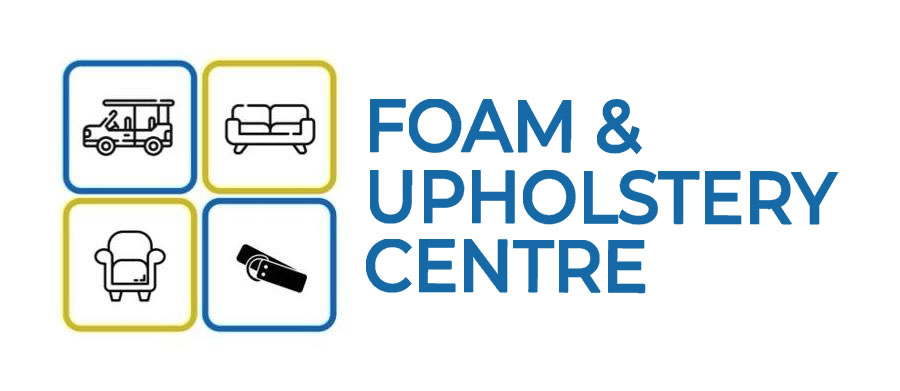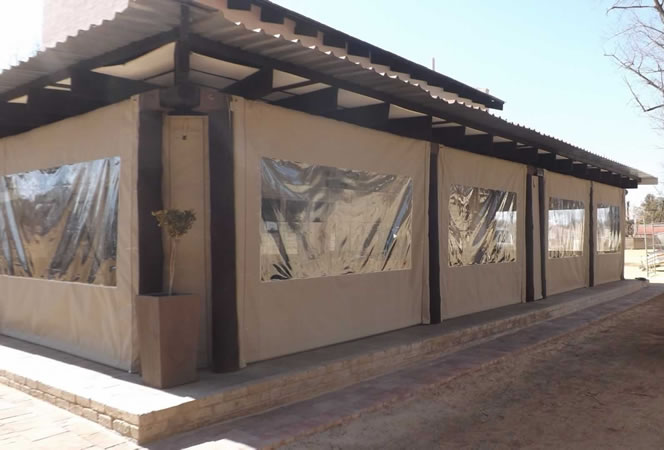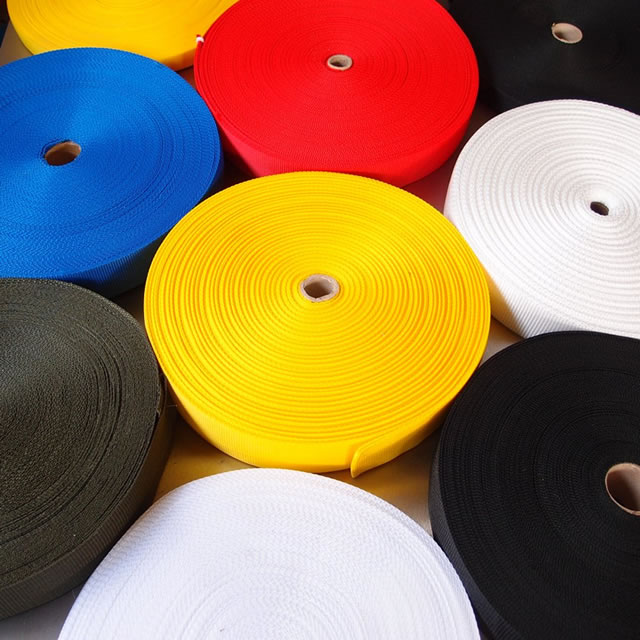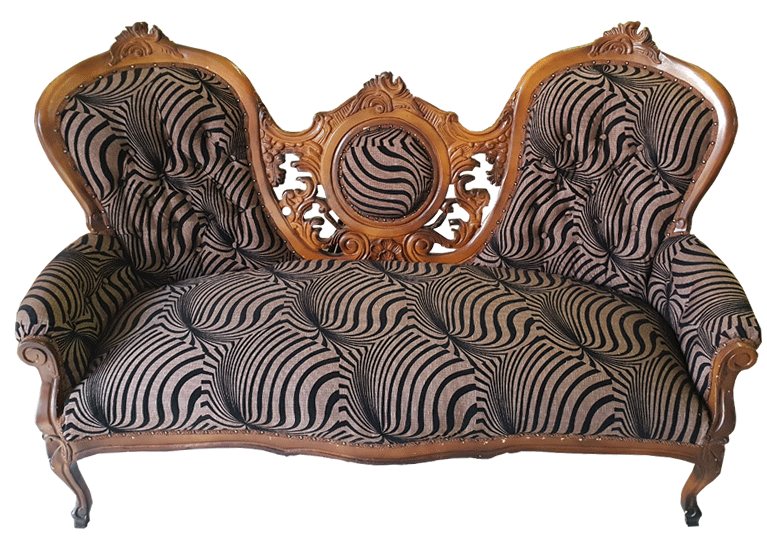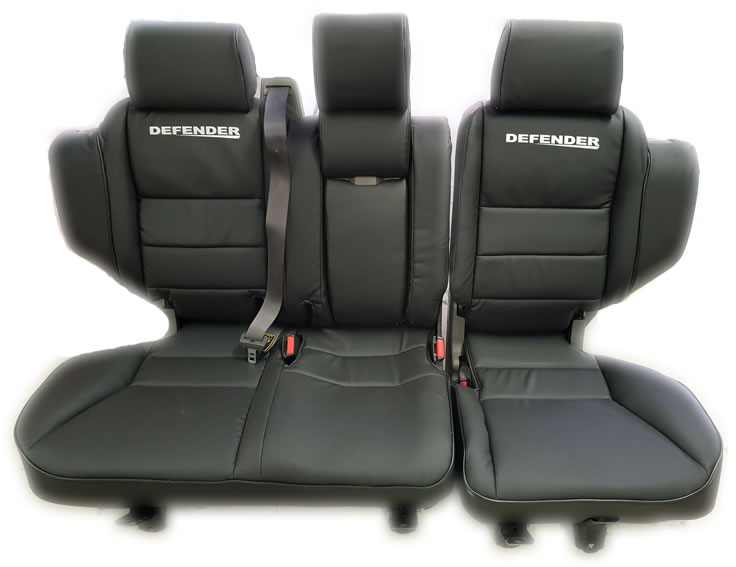Canvas and Webbing, our Specialty!
Trust us with your next project in any of our services.
Trust us with your next Custom Canvas project for quality and friendly service.
Canvas is an exceedingly long lasting plain-woven cloth used for making custom canvas sails, tents, marquees, backpacks, and other objects for which durability is needed. It’s also popularly utilized by artists as a portray surface, normally stretched throughout a timber frame. It’s also utilized in such fashion gadgets as purses, digital tool instances, and shoes.
Current canvas is commonly made from cotton or linen, in conjunction with polyvinyl chloride, although traditionally it became made from hemp. It differs from different heavy cotton fabric, consisting of denim, in being undeniable weave rather than twill weave. Canvas comes in two simple kinds: plain and duck. The threads in duck canvas are extra tightly woven. The term duck comes from the Dutch word for material, doek.
Lorem ipsum dolor sit amet, consectetur adipiscing elit. Cras vulputate tincidunt rhoncus. Pellentesque cursus vulputate ligula id vehicula. Proin vitae magna commodo, mattis arcu sed, varius neque. Vivamus at consequat lectus, vel sagittis quam. Sed eu suscipit nibh. Quisque commodo finibus sapien, ac scelerisque enim faucibus ut.
Fusce suscipit convallis lacus, a venenatis tellus accumsan at. Aenean non faucibus ex. Nam ac turpis rhoncus, vulputate risus quis, viverra augue. Cras pretium ultricies lectus, quis volutpat est porta sed. Integer et ante vel leo faucibus lobortis. Nunc dapibus tortor id diam convallis, ac tempus magna vulputate. Integer eget massa diam. Proin ac rutrum neque. Proin pharetra lacinia sem non sodales. Fusce eget magna lacinia, pretium turpis nec, fringilla nisl.
Webbing is a robust fabric woven as a flat strip or tube of various width and fibers, regularly utilized in location of rope. It’s miles a flexible thing used in hiking, slack lining, furniture production, automobile safety, car racing, towing, parachuting, military apparel, load securing, and many different fields.
Originally manufactured from cotton or flax, most modern webbing is manufactured from artificial fibers consisting of nylon, polypropylene or polyester. Webbing is also crafted from incredibly excessive-electricity material, together with Dyneema, and Kevlar. Webbing is both light and strong, with breaking strengths easily available in excess of 10,000 lb (44.Four kN)
There are two basic constructions of webbing. Flat webbing is a solid weave, with seat-belts and maximum backpack straps being commonplace examples. Tubular webbing consists of a flattened tube, and is usually used in climbing and commercial applications.
Upholstery is the work of providing furniture, in particular seats, with padding, springs, webbing, and material or leather covers. The phrase upholstery comes from the middle English phrase upholder, which mentioned an artisan who held up their goods.
The time period is equally applicable to domestic, automobile, plane and boat furnishings, and can be implemented to mattresses, particularly the top layers, though those regularly range drastically in design.
A person who works with upholstery is referred to as an upholsterer. An apprentice upholsterer is from time to time called an interloper or trimmer. Traditional upholstery uses substances like coil springs (publish-1850), animal hair (horse, hog and cow), coir, straw and hay, hessian, linen scrims, wadding, and so forth., and is done by way of hand, constructing every layer up. In evaluation, modern upholsterers employ artificial materials like dacron and vinyl, serpentine springs, and so forth.
An automotive upholsterer, also known as a trimmer, coach trimmer or motor trimmer, shares many of the skills required in upholstery, in addition to being able to work with carpet.
The term coach trimmer derives from the days when car frames were produced by manufacturers and delivered to coach builders to add a car body and interior trimmings. Trimmers would produce soft furnishings, carpets, soft tops, and roof linings often to order to customer specifications. Later, trim shops were often an in-house part of the production line as the production process was broken down into smaller parts manageable by semi-skilled labor.
Many automotive trimmers now work either in automotive design or with aftermarket trim shops carrying out repairs, restorations or conversions for customers directly.
